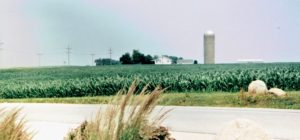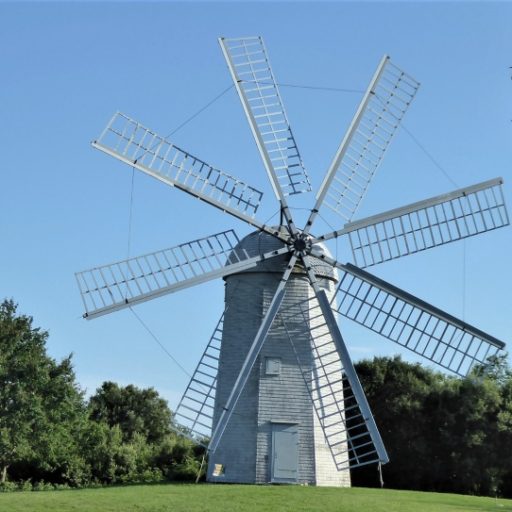Skip to content
 by David W Brown Middletown RI January 2019
by David W Brown Middletown RI January 2019
Some assemble and analyze world overview information.
Important facts and analyses are brought together in the UN Food and Agriculture Organization’s flagship publication,
In 1982-87, I was chief of the group at FAO’s headquarters in Rome that produced this. It is used as background for high-level meetings and action planning, as well as for widespread knowledge. The “SOFA” now looks much fancier. But to put together an accurate overview each year from sketchy, sometimes distorted, national data still requires special skills.
Some provide policymakers, farmers, and others with national information.
The Economic Research Service of the U.S. Department of Agriculture is a key group. ERS specialists produce solid data and analyses for a wide range of topics — see https://www.ers.usda.gov/topics/ But the findings are not buried in highly technical reports. ERS economists give much attention to boiling results down in objective manner, so that policy makers, concerned groups, and the general public can utilize the studies. A good access point is the ERS Amber Waves magazine, which you can receive regularly on line for free — https://www.ers.usda.gov/amber-waves/
Besides annual data collection, every five years USDA conducts a national Agricultural Census. The 2017 Ag Census is now in progress. This requires staff with skills in statistical sampling, survey design, and data tabulation. https://www.agcensus.usda.gov
Over the decades, the USDA economics and statistical groups have been valued at national, state and local levels as comprehensive sources of reliable information. USDA professionals have resisted efforts to “tilt” results. Their facts, estimates, and analyses are used by many for making decisions, yet often taken for granted. Current budget cutbacks and political moods could jeopardize the work.
Some focus on regional, state, and local policy impacts and socio-economic needs.
A partnership of applied economists is focusing on the economic impacts of regional and local food systems https://localfoodeconomics.com
The Northeast Regional Center for Rural Development brings together a lot of information useful to us here in Rhode Island. http://aese.psu.edu/nercrd
Some ag economists are with extension programs that help small farmers to plan production, marketing, and finance.
Rutgers has a unique Annie’s Project for educating women farmers about risk management http://anniesproject.rutgers.edu
Many of us agri-resource economists in the U.S. belong to the Agricultural & Applied Economics Association. Besides its academic journals, AAEA is providing leaders and the general public with easy-to-read articles that build around contemporary themes. You can access these via the free online AAEA Choices magazine.


 by David W Brown Middletown RI January 2019
by David W Brown Middletown RI January 2019